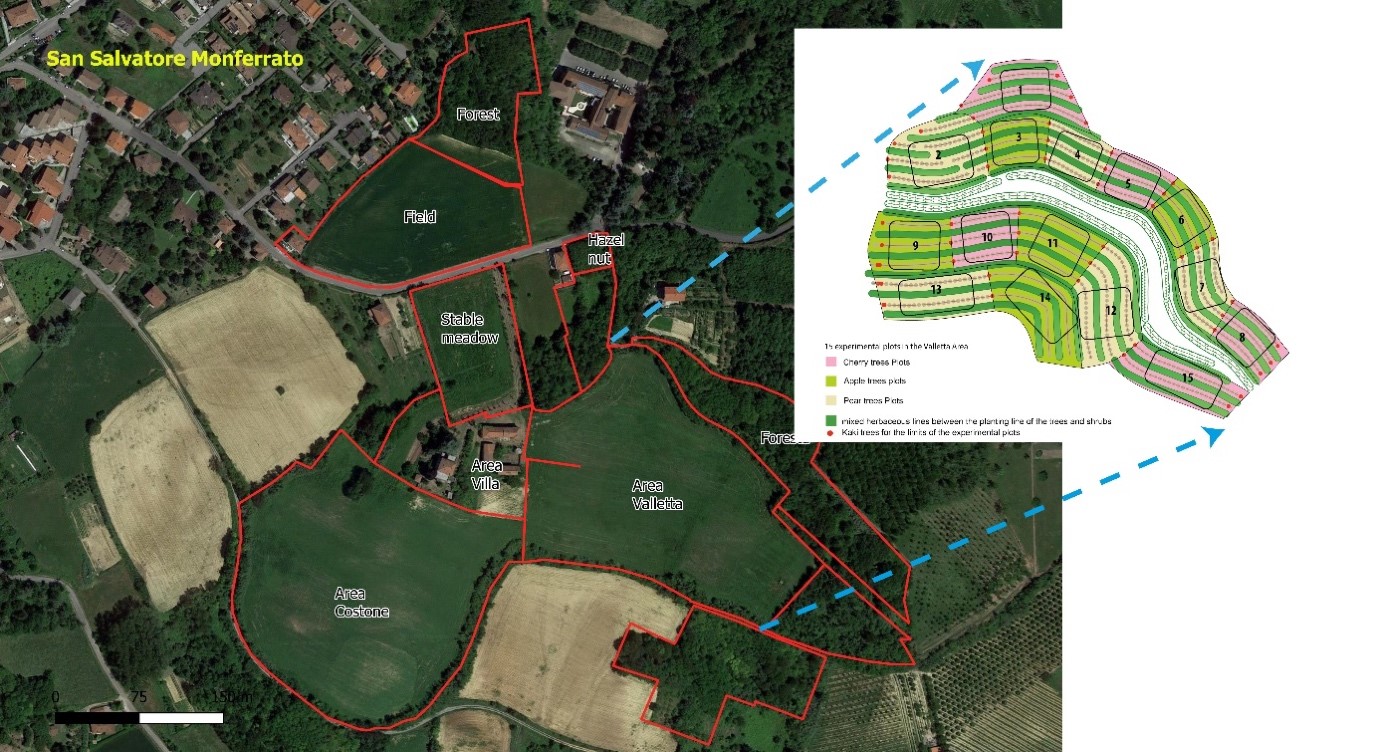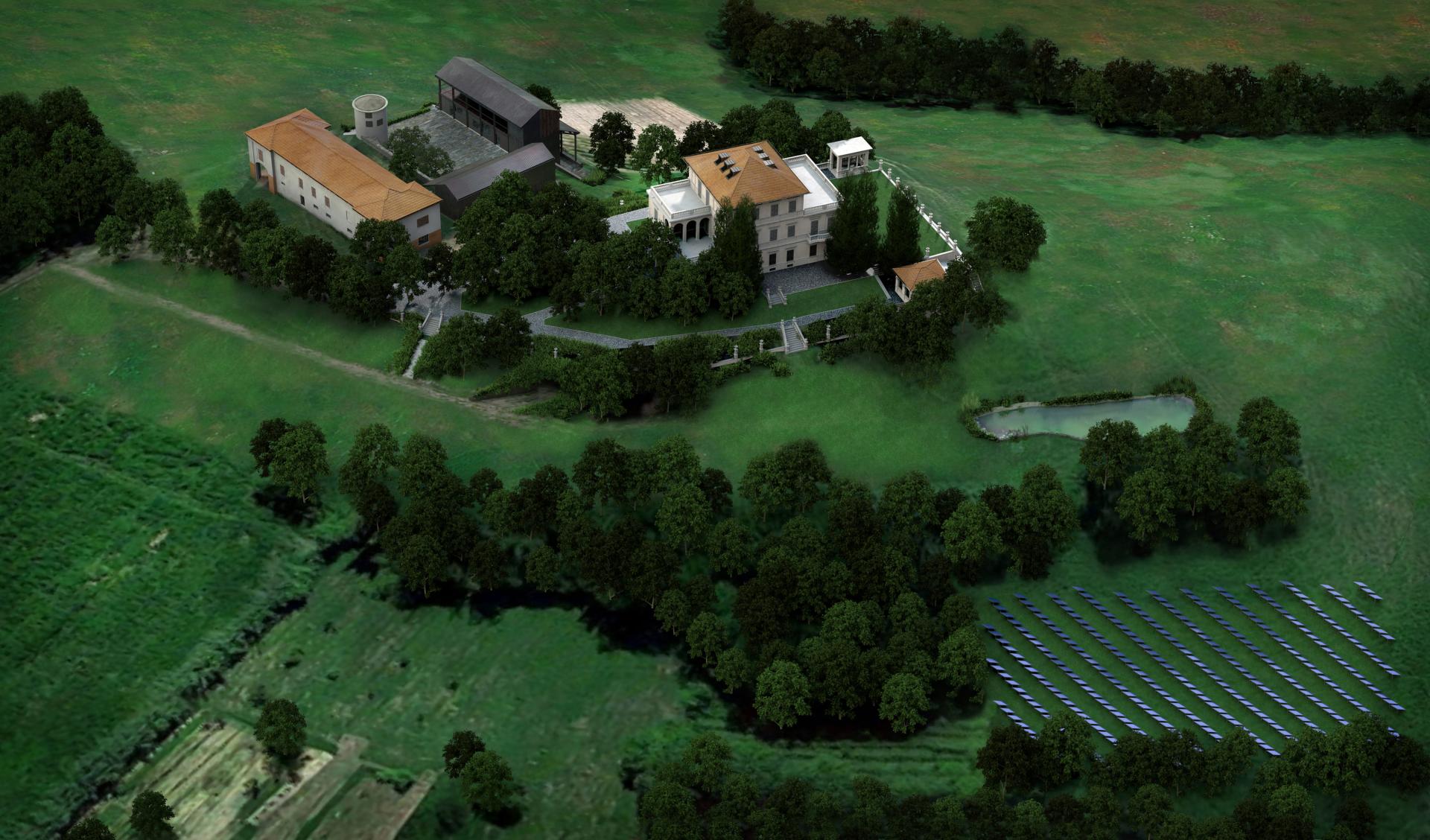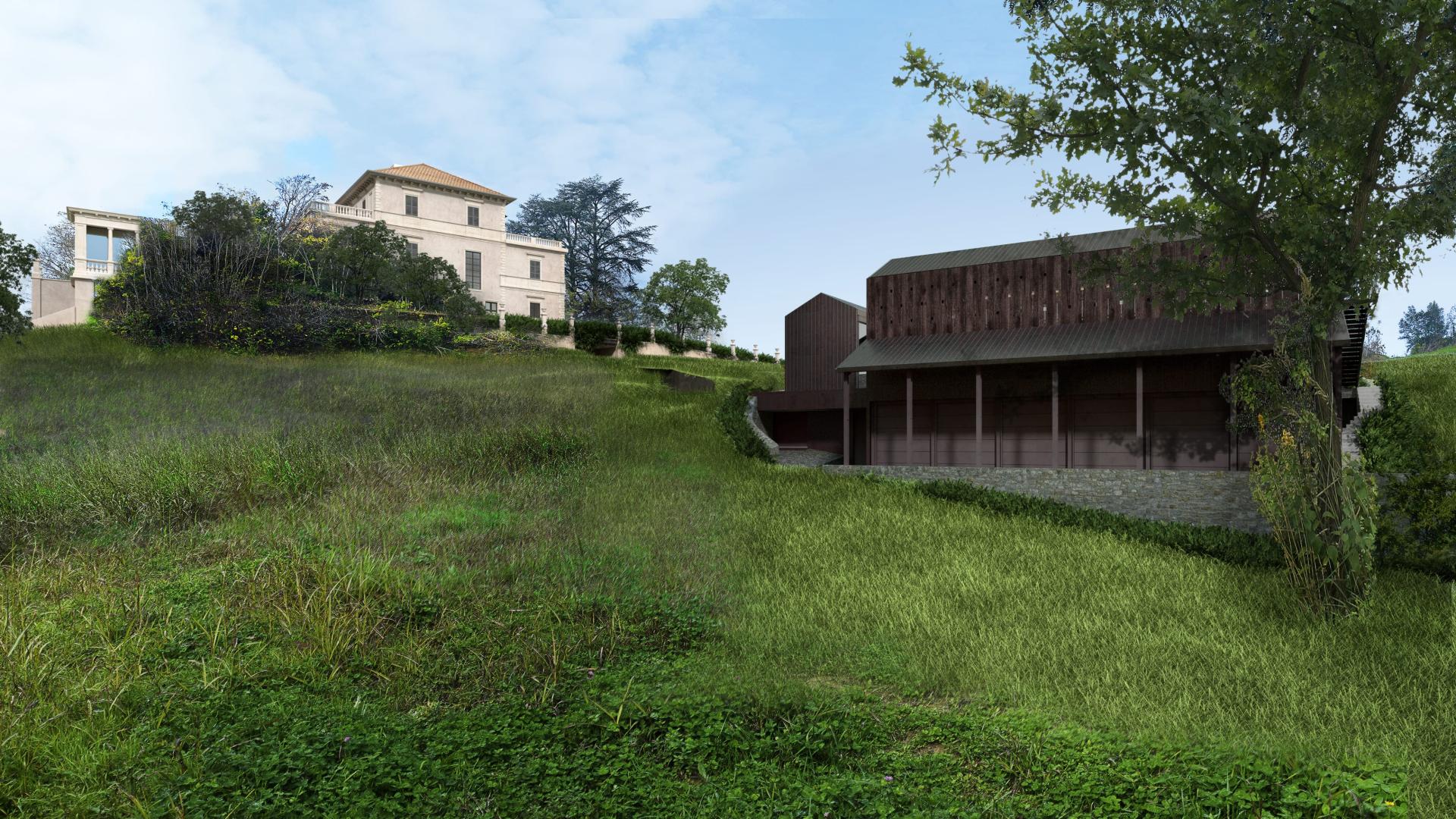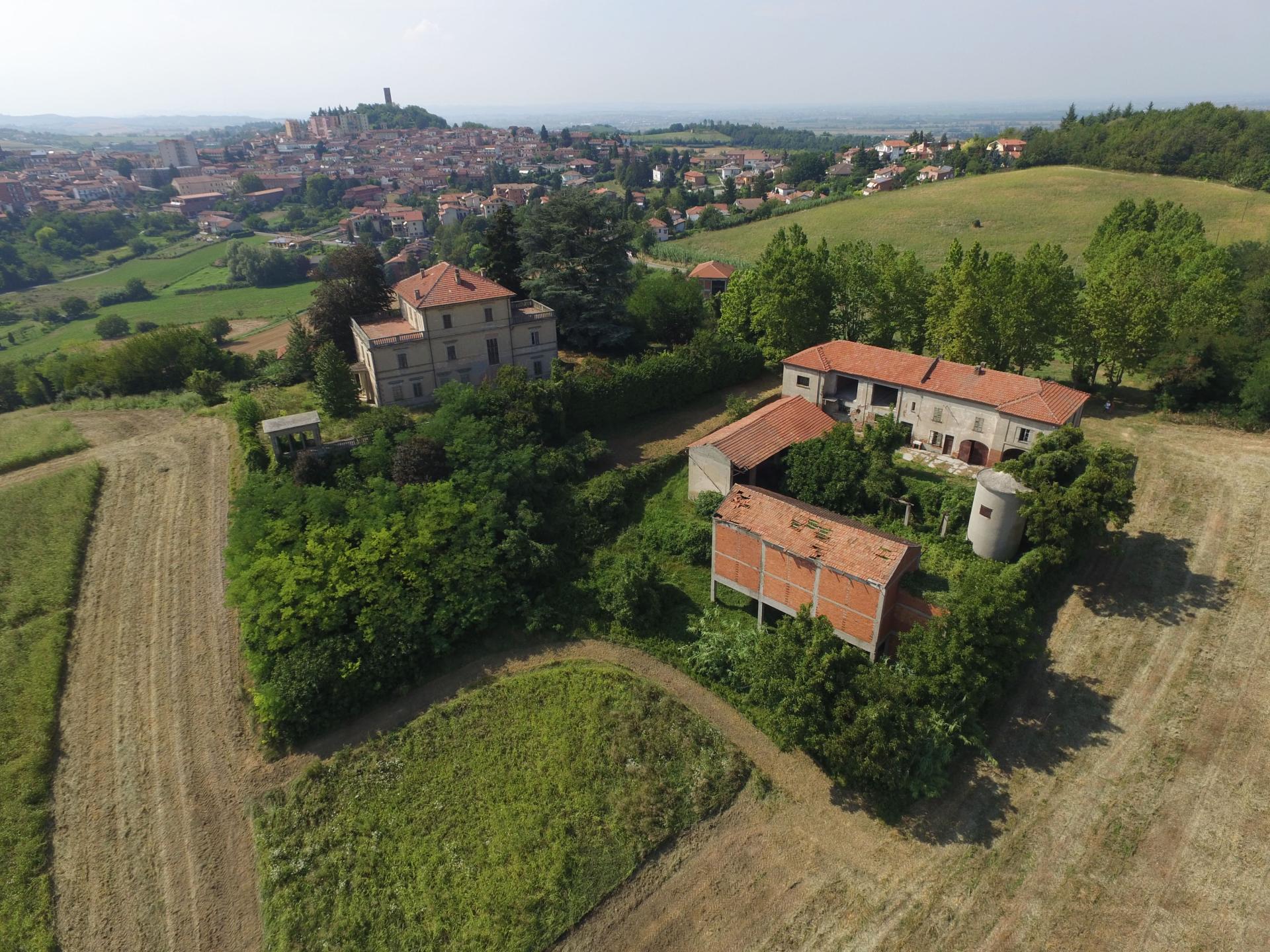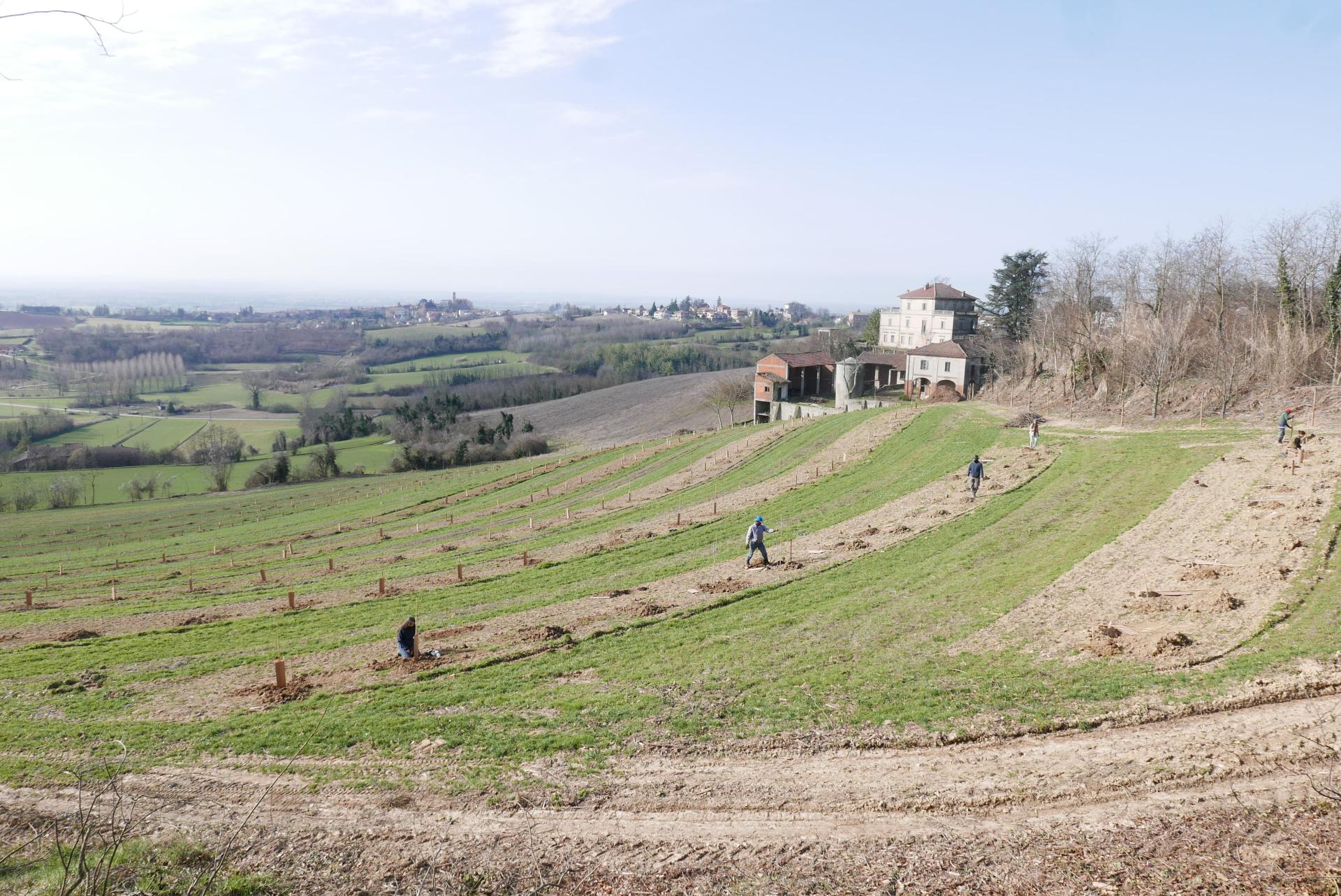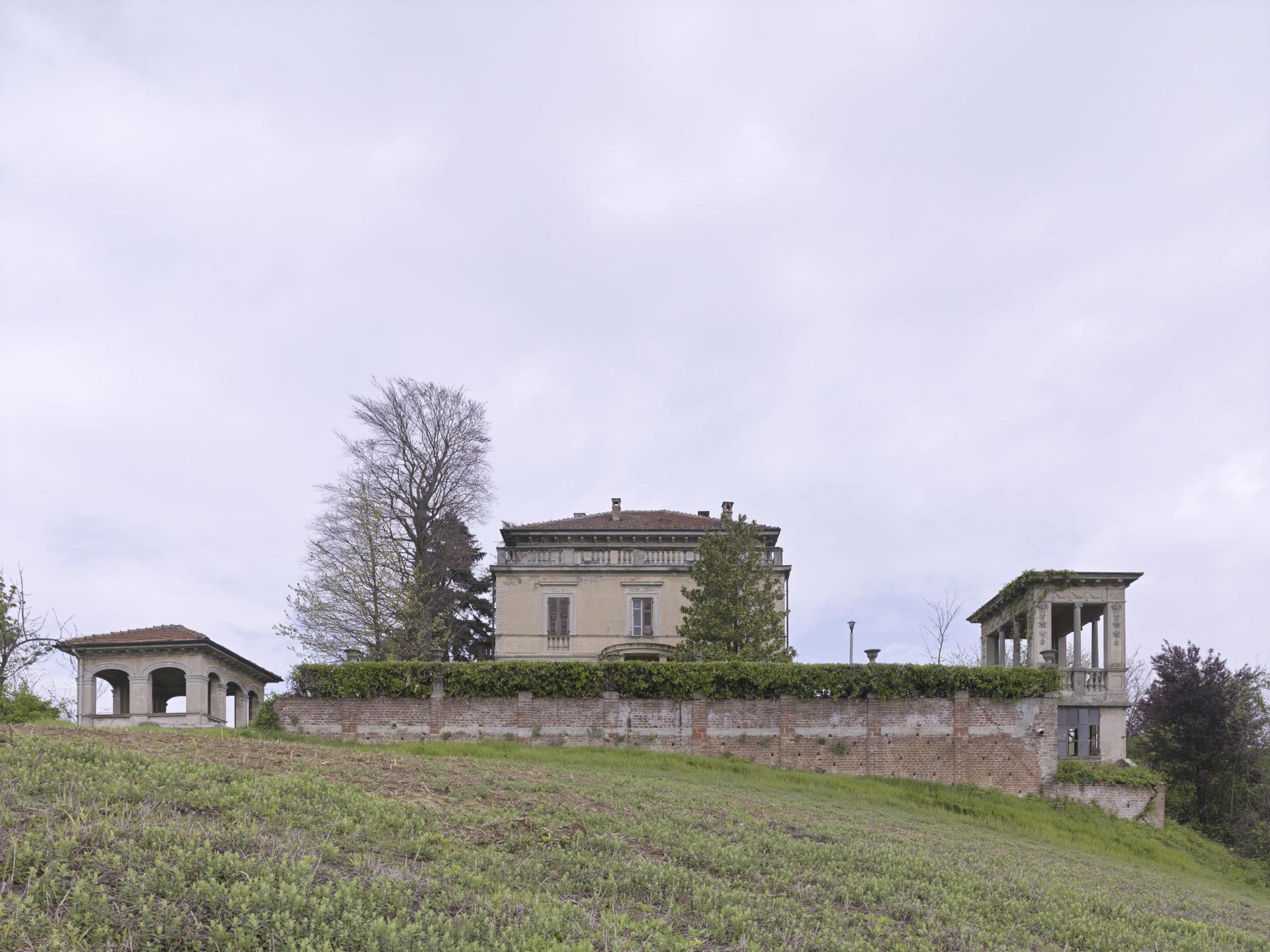Regenerating Villa Fortuna
Basic information
Project Title
Full project title
Category
Project Description
Regenerating Villa Fortuna is an experimental project which spreads over 22ha of hilly land in San Salvatore Monferrato (Piedmont, Italy); it seeks to bring life back to a land left barren by decades of intensive farming, through eco-efficient regenerative agriculture and sustainable agroforestry techniques. The visionary goal is to create an effective circular and bio-restoration economy respectful/inclusive of the natural environment and enhancing the beauty of local history-arts-architecture.
Project Region
EU Programme or fund
Description of the project
Summary
Regenerating Villa Fortuna is 100% owned by Fondazione Capellino (the Foundation), a nonprofit organization that works to contribute to the protection of biodiversity and its habitats through an “ecology of mind” and culture. Following a unique economic model, called Bio-Restoration Economy.
Regenerating Villa Fortuna is an experimental project which spreads over 22 hectares of hilly land in San Salvatore Monferrato (Piedmont, Italy), and seeks to bring life back to a land left barren by decades of intensive farming.
The visionary goal is to create, through eco-efficient regenerative agriculture and sustainable agroforestry techniques (e.g., to capture the greatest amount of carbon dioxide), an effective circular and bio-restoration economy, respectful/inclusive of the natural environment (also creating oasis for threatened species) using the best eco-sustainable materials, green technologies and renewables, which should (and will) be able to protect the air, the soil, and the water, as well as the surrounding animal and plant biodiversity (the core of our lives).
Agricultural and agroforestry activities, take place together with the renovation, restoration and repurposing of the historical buildings located on the property, with the aim of creating a new model of anthropic landscape respecting the environmental biodiversity and enhancing the overall beauty of historic buildings through innovative and green design. In fact, alongside the agricultural activities, the villa’s historic buildings – protected by the Italian Ministry of Culture – will also be transformed into the Foundation’s headquarters, site dedicated to nature regeneration and respect, to people inclusivity and affordability, and to beauty of contrast among green technologies, innovative design and historic art.
Key objectives for sustainability
Eco-efficient regenerative agriculture and sustainable agroforestry techniques re-establishing biodiversity
In cooperation with agricultural experts from the University of Milan, we intend to demonstrate:
a) How an agricultural approach respecting biodiversity — without chemical pesticides or herbicides — can be economically sustainable, competitive and provide great benefits to the natural environment;
b) The feasibility of implementing agroforestry guidelines as an eco-efficient agricultural system in Mediterranean climates, with the principle aims of producing food profitably, re-establishing biodiversity and providing more ecosystemic services.
How is this met?
The restoration of the landscape covers 22 hectares: 11ha of forest, 9ha of agriculture, 2ha of buildings. As a first step by April 2021, an area of about 3.5 hectares, called the Valletta area, is being cultivated using a complex system, focusing on a high-density area of fruit producing trees (cherries, apples and pears), within a consortia of trees, shrubs, and herbaceous plants (an agroforestry system of 11 rows was planted equal to 2,200 trees/plants), on different levels, which provide different ecosystemic services. One goal of the development of this system is to establish a random plot design in the initial area, including 15 experimental plots with a random distribution of the main productive trees. There will be three different types of plots, and each type will be replicated five times. Each plot will consist of three cultivated rows, 30 meters in length, surrounded by a buffer zone to separate the plots; the buffer zone will have the same plant distribution as the plot it surrounds. Furthermore, a 0.5 hectare vegetable garden, innovative from the point of view of agro-biodiversity, has also been planted to reproduce rare horticultural varieties of seeds and to experiment with new types of synergies between plants.
Key objectives for aesthetics and quality
Re-evaluation and enhancement of local history/Art/Architecture with eco-sustainable materials, innovative design, green technologies and renewables
The project consists of renovating the interior and exterior spaces of the farmstead and villa buildings protected by the Italian Ministry of Culture.
The choices concerning the plants and the design of the buildings were carried out according to the whole energy-saving legislation and basic environmental sustainability guidelines.
The renovation and restoration project will be carried out with highly innovative, green interventions so as not to compromise the architectural and historical values of the site’s heritage. It consists of a few, specific items added to give a harmonic expression, gently inserted in the landscape, which remains topographically unchanged.
The project, in fact, maintains the existing status and historical overall beauty of the buildings, but inserts sustainable materials that ensure the contemporary recognizability of the restorative action, caring of nature and aesthetic with a holistic approach.
The design of the buildings can be outlined by the finishings and use of local materials (such as a typical stone from Monferrato), truly expressions of the historic, local people and their identity.
Key objectives for inclusion
The project will also be an outstanding example of global inclusion, of: local community + genuine immigrants/refugees + nature + biodiversity + beauty + green tech
The implementation of this circular and bio-restoration economy model/project, actively involved the local community and employed genuine immigrants/refugees both in entrepreneurial and labour initiatives, with integration and inclusion approach. It has in fact proved to be also a successful tool for the integration of genuine immigrants/refugees and for the promotion of social inclusion in host communities.
Alongside the agricultural and agriforestal activities, the villa’s historic buildings – protected by the Italian Ministry of Culture / Fine Arts Superintendence – will also be transformed into the Foundation’s headquarters, site dedicated to nature / biodiversity regeneration and respect, to people inclusivity and affordability, and to beauty of contrast among green technologies, innovative design and historic art.
Results in relation to category
Regenerative Agriculture / Agriforestry and Landscape Recovery
The project aims to bring life back to a land of 22 hectares left barren by decades of intensive farming. The visionary goal is to create, through eco-efficient regenerative agriculture and sustainable agroforestry techniques (e.g., to capture the greatest amount of carbon dioxide), an effective circular and bio-restoration economy, respectful/inclusive of the natural environment (also creating oasis for threatened species) using the best eco-sustainable materials, green technologies and renewables, which should (and will) be able to protect the air, the soil, and the water, as well as the surrounding animal and plant biodiversity (the core of our lives).
Agricultural and agroforestry activities, take place together with the renovation, restoration and repurposing of the historical buildings located on the property, with the aim of creating a new model of anthropic landscape respecting the environmental biodiversity and enhancing the overall beauty of historic buildings through innovative and green design. In fact, alongside the agricultural activities, the villa’s historic buildings – protected by the Italian Ministry of Culture / Fine Arts Superintendence – will also be transformed into the Foundation’s headquarters, site dedicated to nature regeneration and respect, to people inclusivity and affordability, and to beauty of contrast between innovative/green design and historic art.
How Citizens benefit
An initiative that affects all citizens, not to say all humans
To sum up, the dynamics that the current models of agricultural production, industrial processing and mode of food consumption, bring about a 72%* (*CDC Biodiversité data) impact on the loss of terrestrial biodiversity come from the following:
- The use of energy, gas and oil, either crude or transformed into chemical fertilisers, insecticides and pesticides,
- The use of soil for the building of infrastructure,
- Deforestation in order to extract new agricultural areas.
An immediate halt to the degradation of basic resources such as water, air and soil is necessary.
Hence the need and importance of Regenerating Villa Fortuna, an initiative that affects all citizens, not to say all humans. Regenerating Villa Fortuna is an experimental project of agricultural research and regeneration, completed by the renovation of existing historic buildings, supervised by the Belle Arti (Fine Arts Superintendence), and the restoration of the landscape. It covers 22 hectares in the Municipality of San Salvatore Monferrato (IT), of which 2 hectares are occupied by buildings, 11 hectares by forest and 9 hectares by agriculture.
It is about a regenerative agriculture that applies agro-ecological and agroforestry techniques. The Statale University in Milan is participating as a scientific partner.
Innovative character
Innovative character:
- Experimentation of a real and practical project returning life to a land left barren by decades of intensive farming, land degradation and deforestation, improving land management and land-based ecosystems, advancing nature-based solutions.
- Creation of an effective circular and bio-restoration economy, through eco-efficient regenerative agriculture and sustainable agroforestry techniques, respectful/inclusive of the natural environment (also creating oasis for threatened species) using the best eco-sustainable materials, green technologies and renewables, which will be able to protect the air, the soil, and the water, as well as the surrounding animal and plant biodiversity.
- Demonstration of how an agricultural approach respecting biodiversity — without chemical pesticides or herbicides — can be economically sustainable, competitive and provide great benefits to the natural environment.
- Implemention of agroforestry guidelines as an eco-efficient agricultural system in Mediterranean climates, with the principle aims of producing food profitably, re-establishing biodiversity and providing more ecosystemic services.
- Execution of a new model of anthropic landscape respecting the environmental biodiversity and enhancing the overall beauty of historic art and buildings through innovative design, green technologies, renewables and eco-sustainable local materials.
- Inclusion of both local communities and genuine immigrants / refugees, in both entrepreneurial and labour initiatives.

